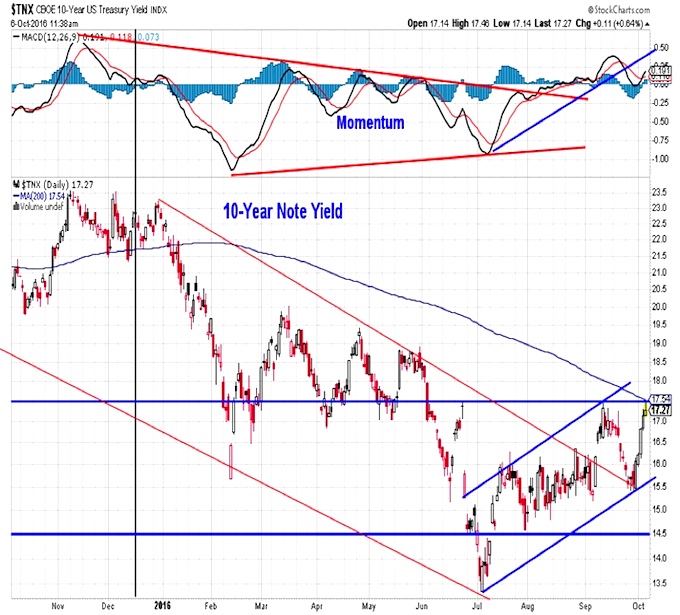

The bond window, particularly the high-yield category, is unlikely to open up in a hurry in the rest of the year. In the first six months this year, we have sold $6.8 billion versus $14 billion in the corresponding period last year.

Indian companies sold about $22 billion worth of bonds in 2021. Most of such funding requirements would be met domestically. Renewable energy companies have plans for reasonable capex. Most of the steel capex has already been done with the commodity super cycle getting over. The proposed 5G capex is good for the economy. Some of the PLI-linked (production-linked incentive scheme) capex has to happen. For first-time or existing issuers, the concern is more on the fully hedged cost of overseas borrowing, which is high at the moment.Ī risk-averse international investor will not settle for any low rate for now unless things turn better globally. I do not foresee material depreciation in the rupee’s value from hereon against the dollar. While the Indian rupee is not an outlier, a rapid rise in USD-INR of this kind is playing in the mind of issuers. How does a rupee depreciation affect first-time borrowers? The latest clarification will help lower-rated Indian companies tap overseas money in the next few months once the global uncertainties recede. However, the scenario is likely to change. The funding cost will be high for high-yield issuers who are not comfortable with such elevated borrowing costs now. What sort of fundraising are you expecting? The RBI has eased rules for external commercial borrowing. With the rupee hovering around 80 borrowers are revisiting their strategy. Only a few of them are running naked exposures. A fair number of borrowers with no natural hedges have fully taken care of whole overseas payment exposure. While some have hedged the principal, others have done the same for interest payments. Most of the companies whom we helped raise offshore funds have either fully covered currency risk or partly.

What would be repercussions for the Indian credit market? It is the high-yield issuers where there is a bit of concern as rates have gone up significantly for them. Good projects and issuers will be able to access local markets. As far as new funding is concerned, companies are likely to look at the domestic market to fund their capex. Things are likely to improve hereon, paving the way for refinancing going forward. No major refinancing is coming up in the next 12 months, barring an estimated $3 billion, and that is not a worrisome number. What is changing for Indian borrowers in the current environment? The Reserve Bank of India will likely ensure sufficient liquidity in the market, which will support the capex plans of companies, he tells Saikat Das. Top Indian companies are likely to shift their borrowing to the domestic market as global rates and hedging costs have made fundraising in US dollars unviable, says Barclays Bank India managing director & head of investment banking Pramod Kumar.


 0 kommentar(er)
0 kommentar(er)
